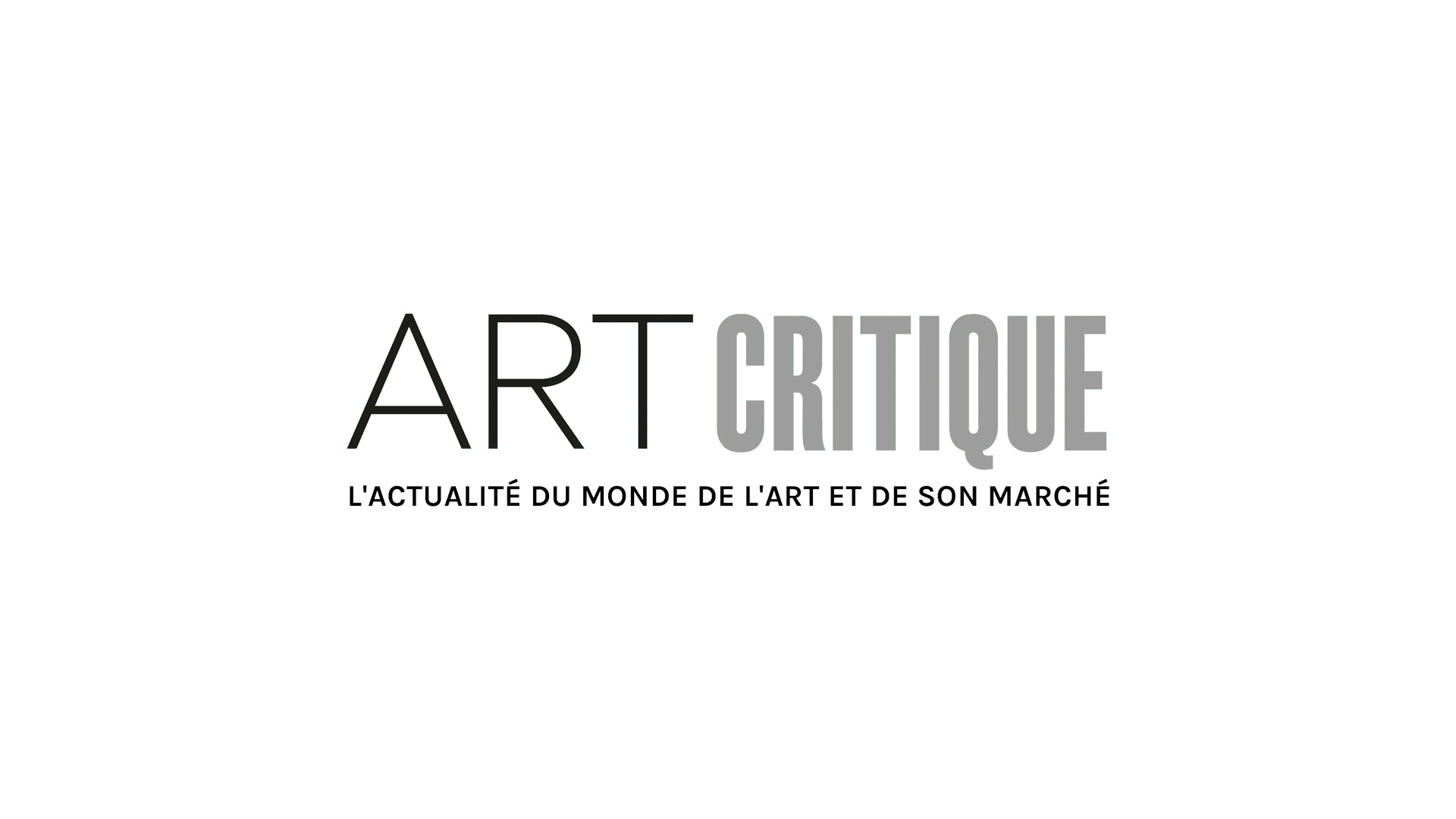Coinciding with the beginning of the 58th edition of the Venice Biennale happening this year, an installation by author and ceramicist Edmund de Waal will highlight the floating city’s 500-year-old Jewish Ghetto. psalm, which will run from May 7th until September 29th, will consist of two exhibitions between two different locations within the Venetian district of Cannaregio.
One portion of de Waal’s exhibition will be in a 16th-century synagogue found in the Ghetto Novo. The artist’s project statement for this section of the exhibition states: ‘[n]ew installations of porcelain, marble and gold [displayed in 12 vitrines] will reflect the literary and musical heritage of this extraordinary place. For the first time the Women’s Gallery within the synagogue will hold contemporary art.’
Meanwhile, the second part of psalm will be located in the 15th-century Aula Magna room, which is on the ground floor of the Ateneo Veneto. The building, most often used for cultural events now, will house a pavilion built by de Waal. It will hold 2,000 books written by exiled writers spanning nearly 2,000 years, from Ovid to present day writers – each of which will be translated. On the exterior of the pavilion, de Waal will inscribe the names of various libraries that have been lost through the years. Drawing from the Renaissance printing of the Talmud by Daniel Bomberg (1483-1549), the pavilion will contain four glass cases of porcelain vessels as well. Harking back to Bomberg, who was one of the most important and influential printers during his time, adds a unique layer to psalm as he employed rabbis at his Venetian publishing house.
‘This is the project I have always dreamed of doing. It is about exile; what it means to have to move to another country, to speak another language. It brings new installations based on the Psalms, the poetry of exile, into some of the most beautiful spaces of the Ghetto,’ said the artist in a statement concerning his upcoming exhibition.
Combining literature and ceramics in a minimalist manner utilizing a monochromatic scheme is a hallmark of de Waal’s works and psalm gives all signs of continuing the artist’s unique blend of elements. The installations will be ones meant to experience and interact with rather than simply view.
The Venetian Jewish ghettos carry heavy significance for the city. In 1516, Jews and Christians were segregated by the city’s ruling that it would be incorrect for them to reside alongside one another. Jews in Venice would not see freedom for nearly 300 years when in 1797 Napoleon reinstated their freedoms. Now, the Jewish Museum, founded in 1953 by Venice’s Jewish Community, includes the synagogue where half of de Waal’s installation will be. The synagogue has now been restored in order to support Venice in Peril, a heritage organization.





